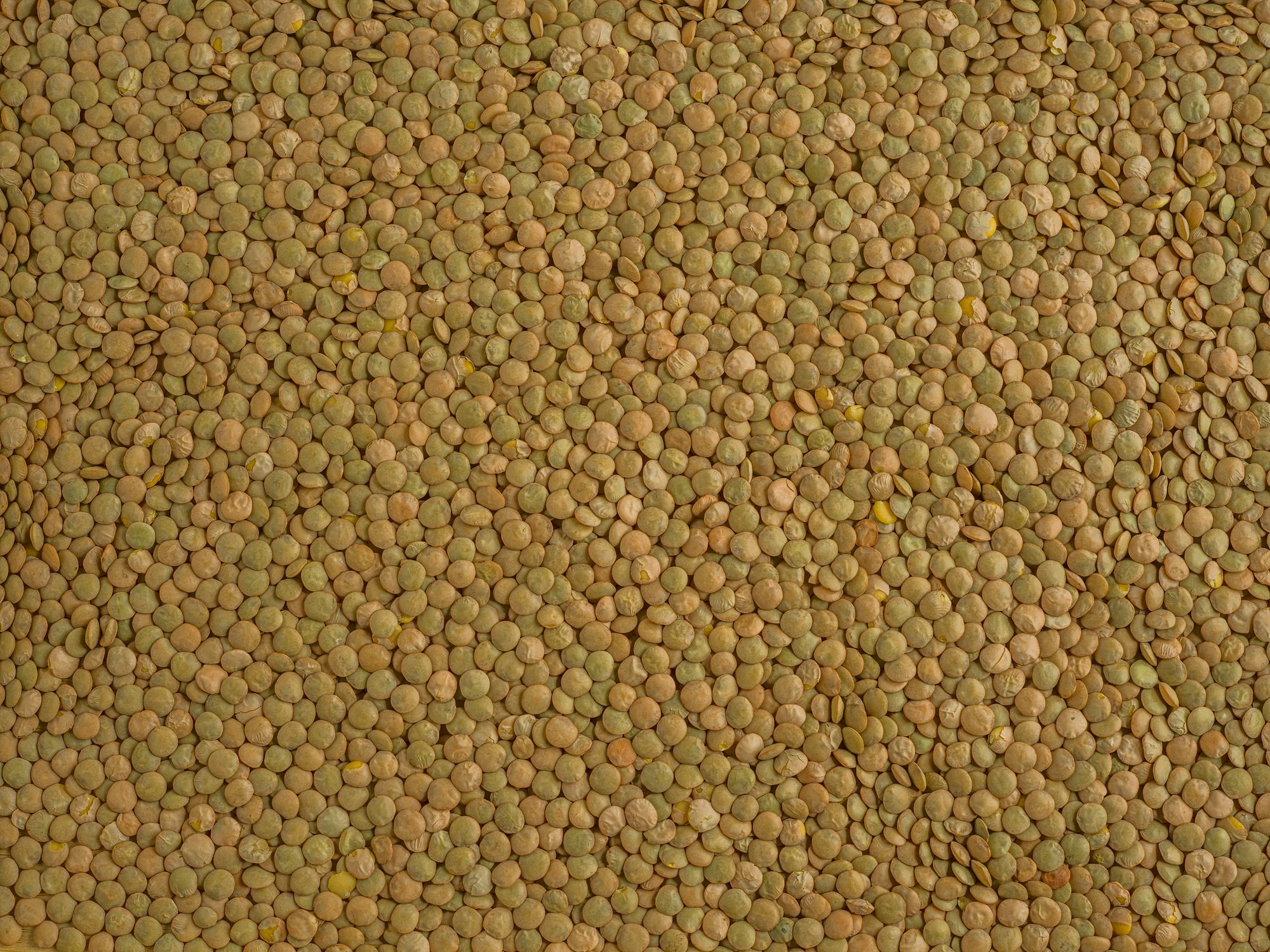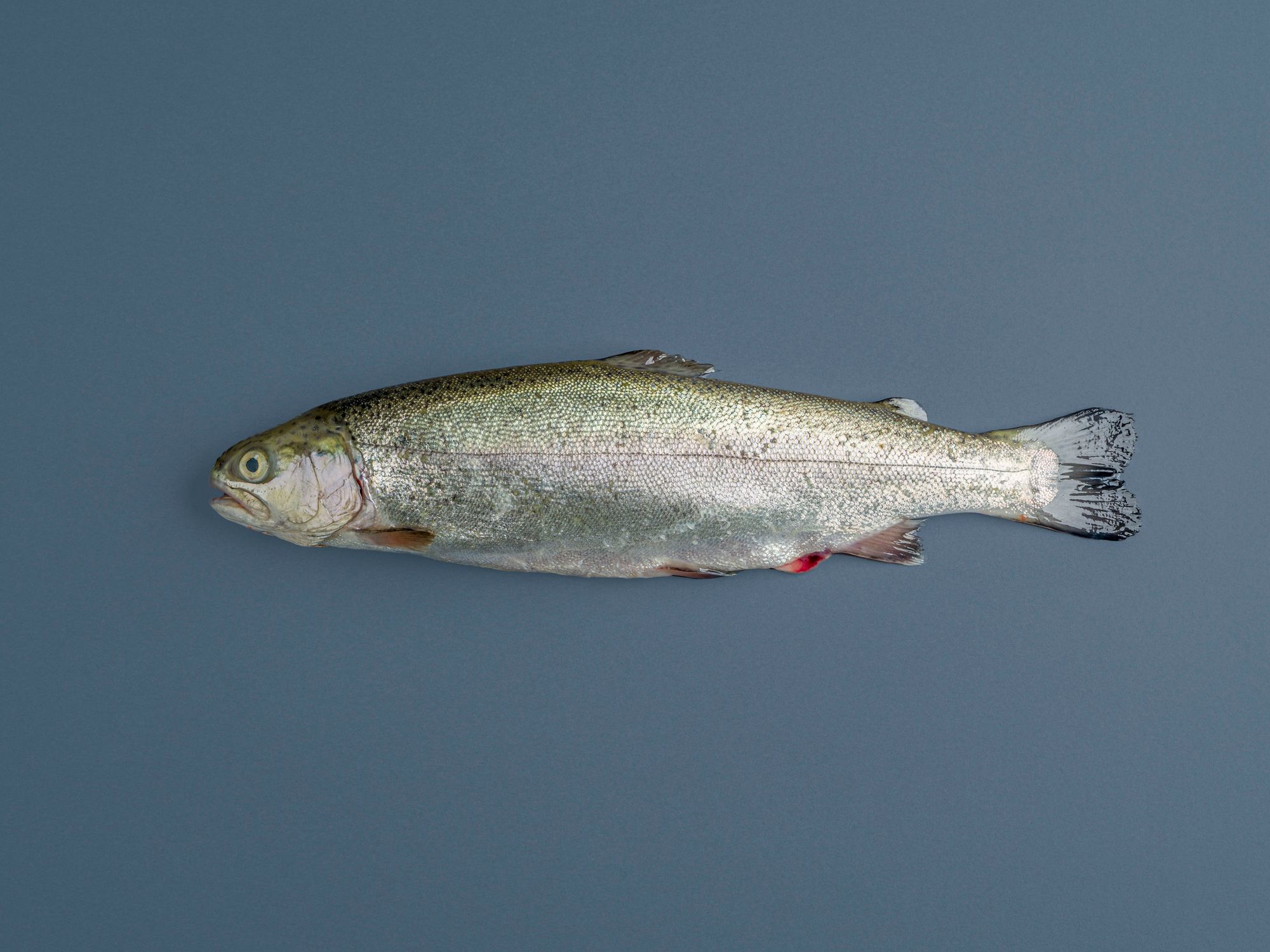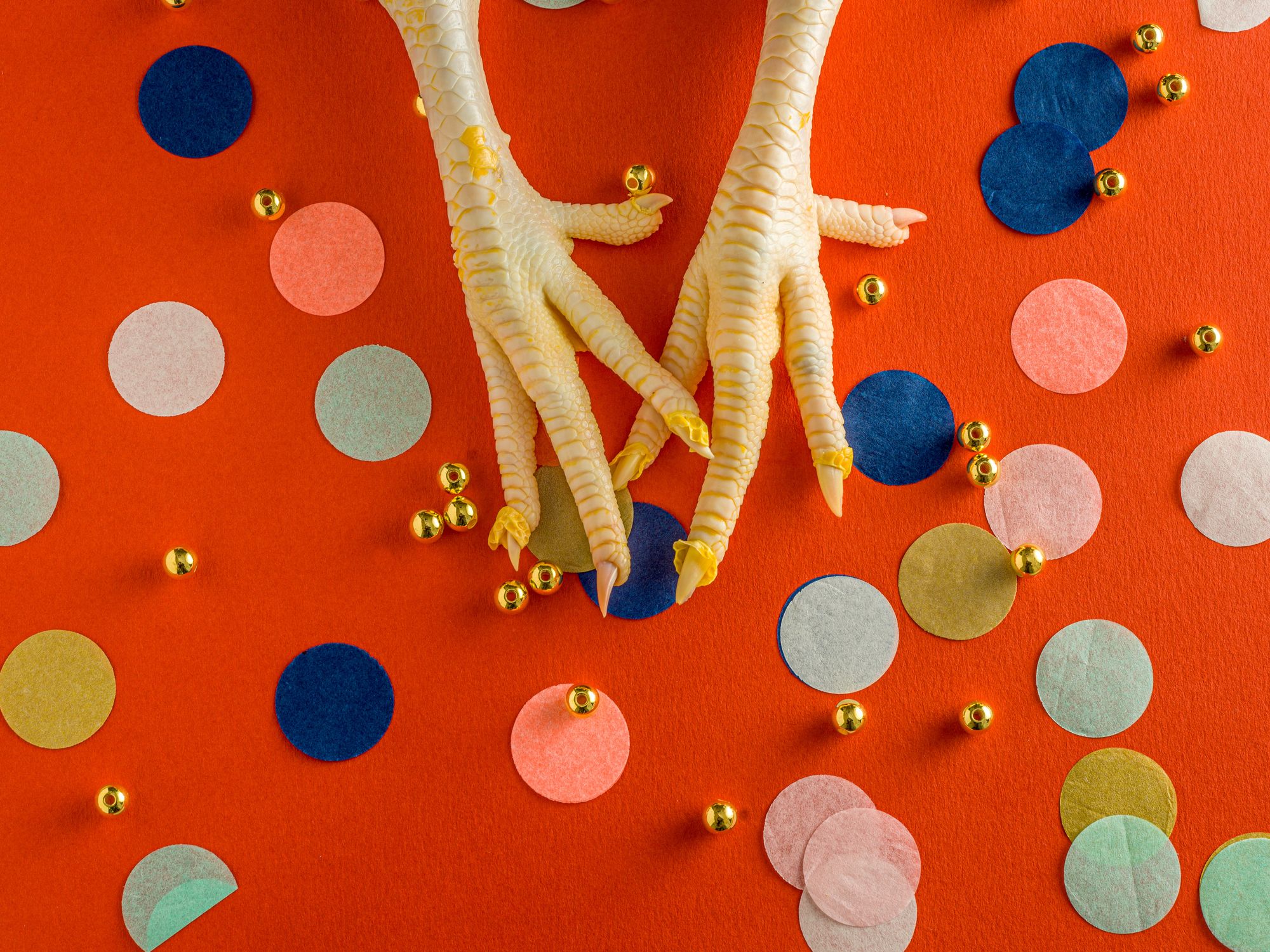There are many holidays with different traditions involving the preference or prohibition of certain kinds of food. New Year’s Eve is one of them; certain ingredients are considered lucky to eat, while others are seen as bringers of bad luck. In our new Twisted episode, we’ll be presenting some of these.
As we close out the year and prepare to welcome the new one, traditionally it is considered a good idea to eat foods that bring abundance, wealth, and good fortune to the house. This is not just a Hungarian tradition, but it exists all over the world. There’s something comforting in feeling that we are contributing to our future with small acts like these. Whether one believes in the transcendent or not, superstitions permeate everyday life in one way or another, and our symbols are often edible. There’s nothing wrong, let alone shameful, about following the customs, as they often create lovable moments that unite us.

One of the obligatory dishes on the table is anything round: lentils, peas, beans. These tiny grains of legumes are reminiscent of coins, so the more you have, the better. In Hungary, the New Year’s lentil stew is on almost every family’s menu, in both the classic and fusion varieties, such as the Indian slowly cooked versions (e.g. dhal makhani). Small fruits or those with abundant seeds are also popular. In Hungary, raisins occupy the space for this symbol, the same as pomegranate seeds in the South, which also symbolize fertility. Various grains, rice, and millet are also considered to bring good luck.

Pork is a traditional and popular New Year’s meal in many cultures. Pigs are considered to dig up good luck for the coming year, but their fat and lard also symbolizes abundance. In Hungary, it may be served as a simple sausage or meat jelly (kocsonya), while in Western Europe it’s often prepared as a crispy roast, or its figure used as decoration: think of little ceramic piggies or marzipan figures, which may have talisman-like qualities. In the US, pork is consumed with cabbage, as cabbage leaves resemble a bundle of dollar notes, suggesting the promise of wealth.


Not only do we wish for wealth in the upcoming year, but also for longevity in general, which is often symbolized by the long, hand-pulled noodles. For the Japanese, it’s soba noodles, while for us it’s strudel—it stretches, it twirls, and the longer it extends, the longer our earthly existence will, it is believed.

There are divisive ingredients, as well. Hungarians don’t eat fish on New Year’s because luck might swim away with it, but the Swedes and Danes, for example, prepare it for the end of the year celebrations as well, as its many scales promise abundance. Poultry is also problematic on several counts, as chicken might scratch good fortune away and turkey can bring about bickering (as turkeys are considered to be ‘angry’ in Hungary—the Transl.), so it’s best to stay away from poultry at this time of year! Instead, if you want to stay in a festive mood, go for one of the beloved New Year’s dessert recipes. A New Year’s Linzer biscuit looks like a pair of coins, but you can also make donuts filled with all sorts of goodies to make sure 2023 will also be filled with plenty of good.

Photos: László Sebestyén

Emotions meet geometry | Best architecture projects of 2022

Our favorites this year | Best interiors of 2022










